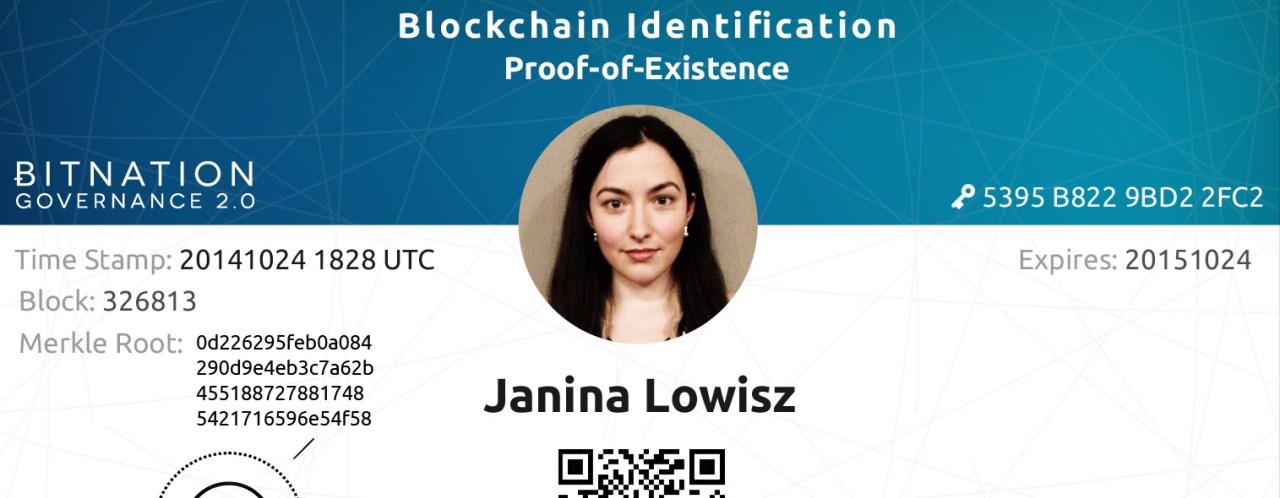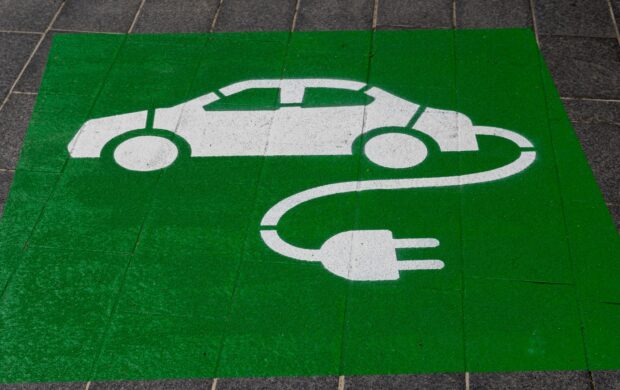The technology that underpins Bitcoin has been used for the first time to provide a “decentralised, cryptographically signed proof of existence”.

The online currency depends on a free-to-access, unchangeable public record, called Blockchain. The fact that the information on it is distributed among thousands of individual computer nodes is thought to eliminate the chance of any duplications. There are many potential uses, detailed here.
Now, Janina Lowisz has become the first “World Citizen On the Blockchain”, by using the technology to record her ID.
The ID pilot project was launched by Bitnation, a group promoting decentralised governance, in October 2014. Lozisz describes it on Vice as “a private passport service that can validate people’s existence using freely available tools that we have today … it proves concretely that someone existed at a certain time and place, as verified by another certain group of people.”














